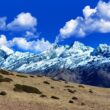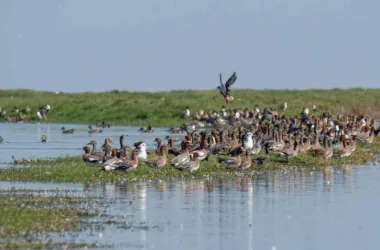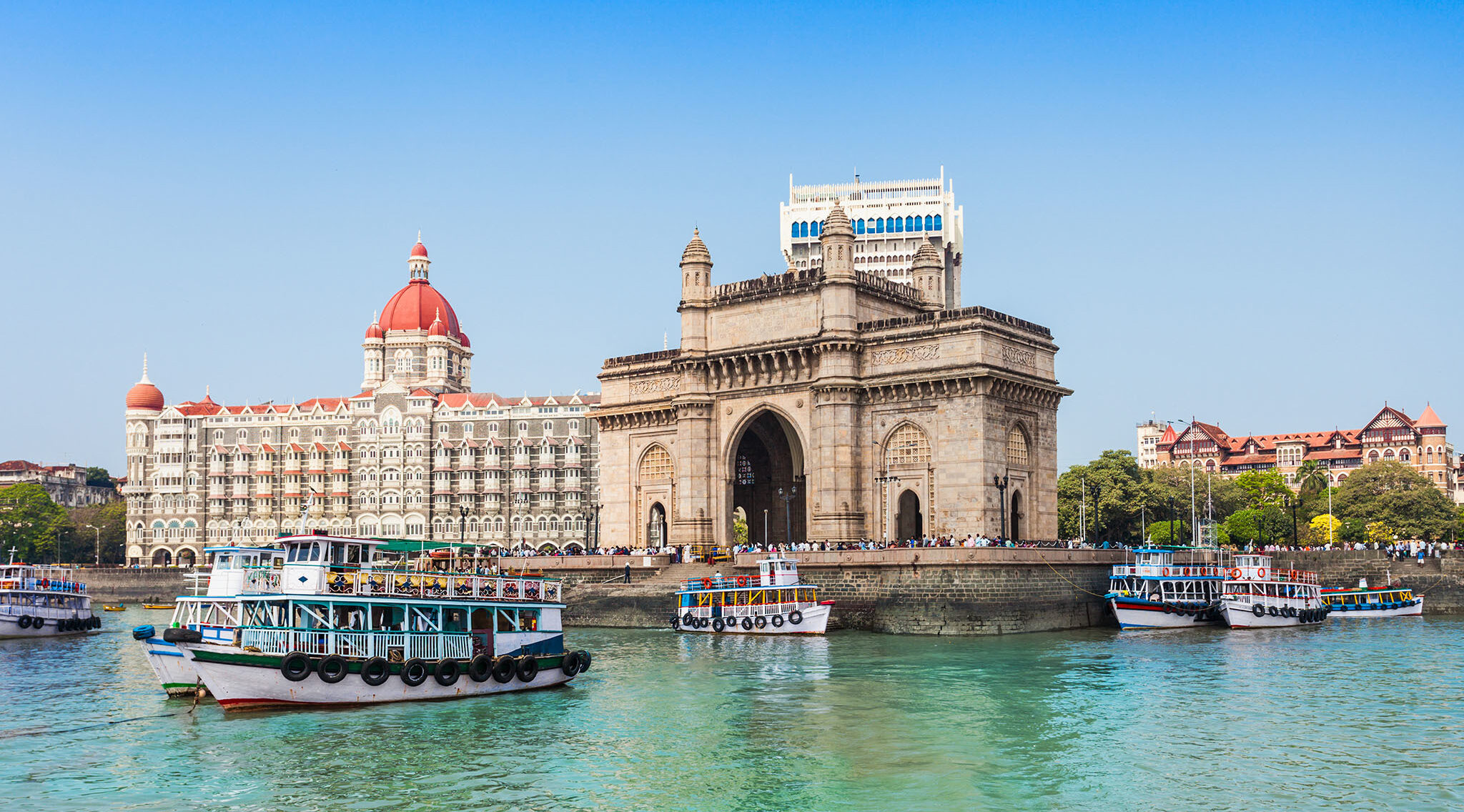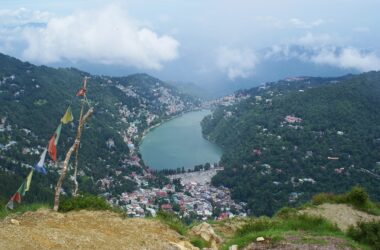Kedarnath, nestled in the majestic Himalayas of Uttarakhand, is a revered pilgrimage destination for Hindus. It is home to the sacred Kedarnath Temple dedicated to Lord Shiva and attracts thousands of devotees each year. The region’s breathtaking natural beauty, coupled with its spiritual significance, makes it a must-visit destination for both religious and nature enthusiasts. To ensure you have the most fulfilling experience, it’s important to plan your visit during the best time of the year. In this article, we will explore the ideal seasons and months to visit Kedarnath, considering weather conditions, accessibility, and overall experience.
Table of Contents
- The Significance of Kedarnath
- Weather and Climate Overview
- Best Time to Visit Kedarnath
- Spring (March to May)
- Summer (June to August)
- Autumn (September to November)
- Winter (December to February)
- Festivals and Celebrations in Kedarnath
- Dos and Don’ts for a Memorable Visit
- Accommodation Options in Kedarnath
- Safety Measures and Precautions
- Exploring the Surrounding Attractions
- Trekking Opportunities in the Kedarnath Region
- Wildlife and Flora of Kedarnath
- Conclusion
- Frequently Asked Questions (FAQs)
The Significance of Kedarnath
Kedarnath holds immense religious significance as one of the twelve Jyotirlingas and is believed to be the place where Lord Shiva granted salvation to Pandavas from the Mahabharata. Pilgrims from all over the world undertake the arduous journey to seek blessings at the ancient Kedarnath Temple, perched at an elevation of 3,583 meters (11,755 feet). The spiritual ambiance and serene surroundings create an atmosphere of devotion and tranquility.
Weather and Climate Overview
Kedarnath experiences a cold and temperate climate due to its high altitude. It is important to consider the weather conditions before planning your visit to ensure a comfortable and safe pilgrimage. The summer months are relatively pleasant, while winters bring heavy snowfall and sub-zero temperatures. The monsoon season witnesses frequent rainfall, which can hamper travel and trekking activities.
Best Time to Visit Kedarnath
Spring (March to May)
Spring is a delightful time to visit Kedarnath, as the snow starts melting, and the region comes alive with vibrant colors. The temperature during these months ranges from 5°C to 18°C (41°F to 64°F), offering pleasant weather for exploration and temple visits. The flowers bloom, and the surrounding landscapes present a picturesque view. It is advisable to carry light woolen during this season.
Summer (June to August)
Summer marks the peak pilgrimage season in Kedarnath, with temperatures ranging from 10°C to 25°C (50°F to 77°F). The weather remains cool, making it ideal for devotees to undertake the holy journey. However, it is important to be prepared for occasional rainfall during this time. Carrying rain gear and appropriate clothing is recommended.
Autumn (September to November)
Autumn brings a magical charm to Kedarnath with pleasant temperatures ranging from 3°C to 15°C (37°F to 59°F). The region is adorned with vibrant foliage, creating a mesmerizing backdrop for your pilgrimage. The clear skies and comfortable weather make it an excellent time for outdoor activities and trekking. It is advisable to carry light woolen and jackets to stay warm during the evenings.
Winter (December to February)
Winter in Kedarnath is an ethereal experience but only suitable for seasoned travelers and devotees accustomed to extreme cold. The temperature can drop to sub-zero levels, ranging from -2°C to 10°C (28°F to 50°F). The region receives heavy snowfall, transforming it into a winter wonderland. The Kedarnath Temple remains closed during this period, and access becomes limited due to icy roads and challenging weather conditions.
Festivals and Celebrations in Kedarnath
Kedarnath is known for its vibrant festivals and celebrations that add a unique cultural flavor to the pilgrimage experience. The most significant festival is Maha Shivaratri when devotees gather in large numbers to seek blessings and participate in religious rituals. The temple and its surroundings are adorned with lights and decorations, creating a divine atmosphere.
Dos and Don’ts for a Memorable Visit
To make your visit to Kedarnath truly memorable, here are some essential dos and don’ts to keep in mind:
- Do carry necessary identification documents.
- Do wear appropriate clothing and footwear for the weather and terrain.
- Don’t litter or pollute the surroundings; maintain the sanctity of the pilgrimage site.
- Don’t disturb the local wildlife and flora; preserve the ecological balance.
- Do respect the local customs and traditions.
- Don’t undertake the journey if you have health conditions that may be exacerbated by the altitude or extreme weather.
Accommodation Options in Kedarnath
Kedarnath offers a range of accommodation options to suit different budgets and preferences. From basic guesthouses and lodges to more luxurious hotels, you can find suitable places to stay near the temple premises. It is advisable to book your accommodation well in advance, especially during peak seasons, to avoid any last-minute hassles.
Safety Measures and Precautions
While embarking on the pilgrimage to Kedarnath, it is crucial to prioritize safety. Here are some safety measures and precautions to follow:
- Carry necessary medications and a first-aid kit.
- Stay hydrated and consume a balanced diet.
- Be cautious while trekking and adhere to the guidelines provided by local authorities.
- Follow weather updates and plan your travel accordingly.
- Keep emergency contact numbers handy.
Exploring the Surrounding Attractions
Apart from the divine aura of Kedarnath Temple, the region offers several breathtaking attractions worth exploring. Some notable places to visit include:
- Chorabari Tal (Gandhi Sarovar): A serene lake situated at an altitude of 3,900 meters (12,800 feet) known for its crystal-clear waters.
- Vasuki Tal: A picturesque lake surrounded by snow-capped peaks, offering a tranquil setting for nature lovers.
- Shankaracharya Samadhi: The final resting place of Adi Shankaracharya, a revered Hindu philosopher.
- Bhairavnath Temple: A small temple dedicated to Bhairavnath, who is believed to protect the Kedarnath area during winter.
Trekking Opportunities in the Kedarnath Region
Kedarnath serves as a base for numerous trekking expeditions, attracting adventure enthusiasts from around the globe. Some popular trekking routes near Kedarnath include:
- Kedarnath-Vasuki Tal Trek
- Kedarnath-Gaurikund Trek
- Kedarnath-Tungnath-Chandrashila Trek
These treks offer breathtaking views of the Himalayan peaks and provide an opportunity to explore the region’s raw natural beauty.
Wildlife and Flora of Kedarnath
Kedarnath Wildlife Sanctuary, surrounding the temple, is home to diverse flora and fauna. The sanctuary boasts a rich ecosystem with several endangered species, including the musk deer and Himalayan black bear. The region is also blessed with abundant medicinal plants and herbs, contributing to its ecological significance.
Conclusion
Kedarnath, with its spiritual aura and captivating landscapes, remains an iconic destination for pilgrims and nature enthusiasts alike. By choosing the right time to visit, you can enhance your experience and witness the enchanting beauty of this Himalayan gem. Whether you embark on the pilgrimage during the pleasant spring, vibrant summer, picturesque autumn, or serene winter, Kedarnath promises a journey that touches your soul and leaves an indelible impression.
Similar Articles
Frequently Asked Questions (FAQs)
Q1: Can I visit Kedarnath throughout the year?
A1: Kedarnath is accessible only for a limited period due to extreme weather conditions. It is best to plan your visit during the temple’s opening season, which typically starts in April or May and extends until October or November, depending on weather conditions.
Q2: Are there any restrictions during the monsoon season?
A2: Yes, the monsoon season brings heavy rainfall, which can lead to landslides and make travel risky. It is advisable to avoid visiting Kedarnath during the monsoon months of July and August.
Q3: What are the popular trekking routes near Kedarnath?
A3: Some popular trekking routes near Kedarnath include the Kedarnath-Vasuki Tal Trek, Kedarnath-Gaurikund Trek, and Kedarnath-Tungnath-Chandrashila Trek. These treks offer magnificent views of the surrounding Himalayan peaks.
Q4: Are there medical facilities available in Kedarnath?
A4: Yes, Kedarnath has a primary health center that provides basic medical assistance. However, it is advisable to carry the necessary medications and consult a doctor before undertaking the pilgrimage.
Q5: Is it necessary to book accommodation in advance?
A5: Yes, it is recommended to book your accommodation well in advance, especially during peak seasons, to ensure a comfortable stay near the temple premises.
Best Time to Visit Kedarnath









